In 2023, the Emerging Forum of "USST New Voyage, Collaborative Development" and the new book conference of Research on Optimization of the China-Europe Railway Express Operational Networks were successfully held in the form of simultaneous live broadcasting online and offline.Zhao Laijun, dean of Business School, distinguished professor of "Hujiang Leading Talents", doctoral supervisor, and director of the Professional Degree Education Center, made an academic report entitled Research on Logistics Management Innovation of "The Silk Road Economic Belt" from the aspects of research backgrounds, development status of the China-Europe Railway Express, existing problems and solutions, etc.
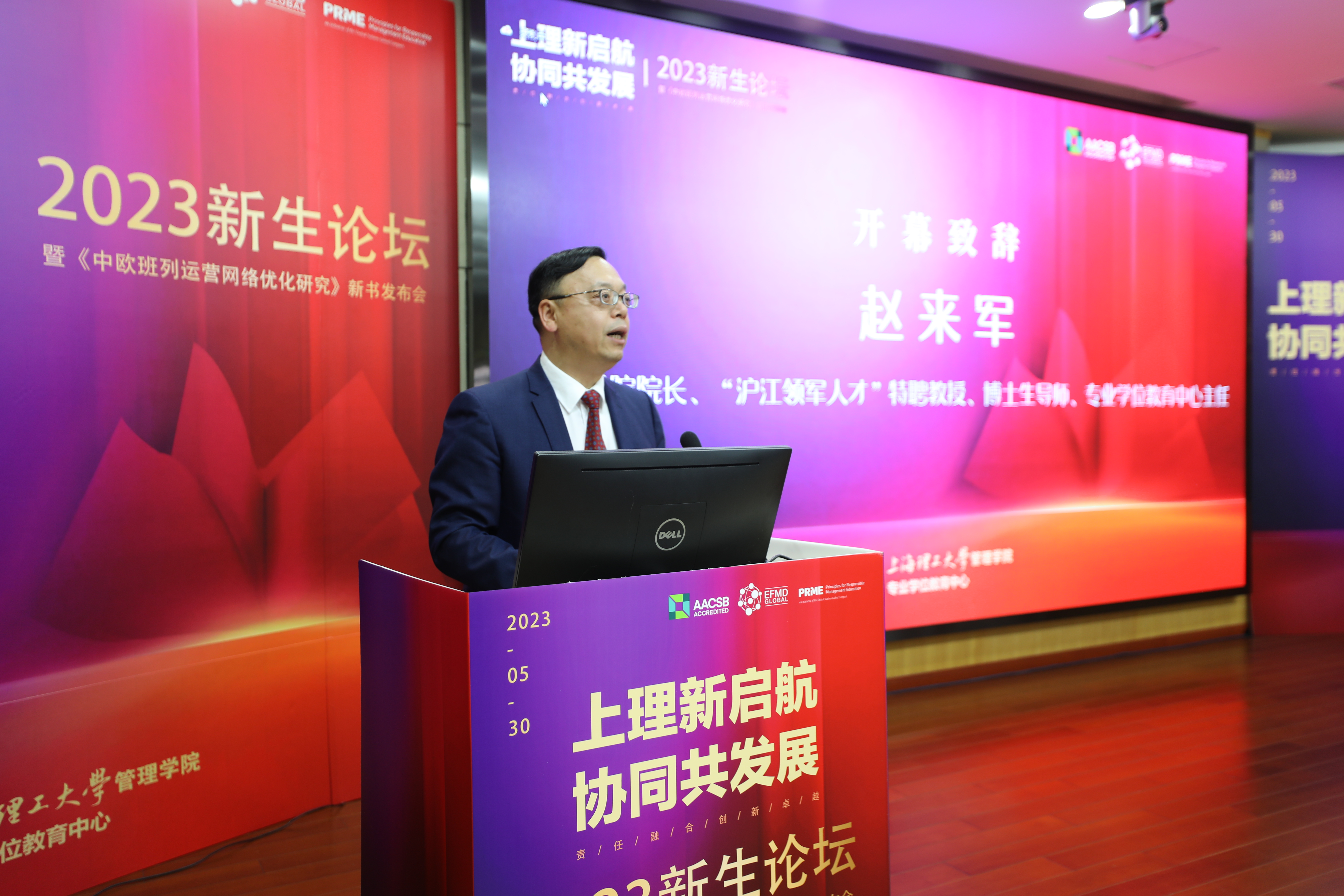
Research backgrounds
General Secretary Xi first proposed The Belt and Road Initiative when he visited Kazakhstan and Indonesia in 2013. In 2015, the three ministries and commissions of China jointly issued the Vision and Actions on Jointly Building Silk Road Economic Belt and the 21st-Century Maritime Silk Road, which clarified the important position of the China-Europe Railway Express in building the Silk Road Economic Belt and building an International Logistics Channel. In 2016, the Development Planning for the China-Europe Railway Express(2016-2020) was officially released, the first top-level design for the construction and development of the China-Europe Railway Express.The Eurasian continent currently has 75% of the world's population and 60% of the world's GDP. To the east is the active East Asian economic circle, and to the west is the developed European economic circle. The vast hinterland in the middle has huge economic development potential. Countries along "the Belt and Road" have different resource endowments, strong economic complementarity, and broad cooperation space.
The China-Europe Railway Express is organised by China Railway Corporation, according to the fixed number of trains, routes, schedules and full operation time, running between China and Europe and countries along "the Belt and Road" railway international combined transportation trains, known as the "iron camel caravans" on "the Belt and Road", has become a landmark achievement of "the Belt and Road" construction and the Silk Road Economic Belt construction.At the same time, in the 20th CPC National Congress report,General Secretary Xi summarised the achievements of "the Belt and Road" construction and future development tasks. In "The Work of the Past Five Years and the Great Changes in the First Decade of the New Era", General Secretary Xi pointed out that jointly building "the Belt and Road" has become a popular international public good and a platform for international cooperation. In "Accelerating the Creation of a New Development Pattern and Pursuing High-Quality Development", General Secretary Xi pointed out that we will promote the high-quality development of "the Belt and Road".
From this point of view, the China-Europe Railway Express is an important carrier for deepening economic and trade cooperation between China and countries along the route and an important starting point for promoting the construction of "the Belt and Road".
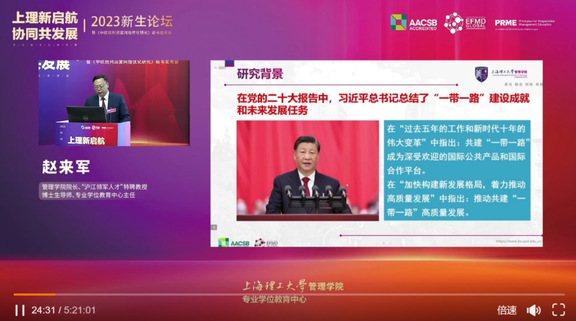
Current situation and existing problems in the development of the China-Europe Railway Express
From the perspective of the development process of the China-Europe Railway Express,it can be roughly divided into three stages: the first stage, from March 2011 to September 2013, the opening of the Chongqing-Sinkiang-Europe International Railway as the symbol of the start of the China-Europe Railway Express. On March 19, 2011, the Chongqing-Sinkiang-Europe International Railway, full of electronic products made in Chongqing, set off from Chongqing Railway West Station via Alataw pass exit, through Kazakhstan, Russia, Belarus, Poland and finally arrived at the destination of Duisburg, Germany, took 16 days, saved two-thirds of the transportation time, marked the official opening of the China-Europe Railway Express. In the second stage, from September 2013 to September 2016, the China-Europe Railway Express was in a state of vigorous and disorderly development. In September and October 2013, the Belt and Road Initiative was formally put forward. In March 2015, the three ministries and commissions of China jointly issued Vision and Actions on Jointly Building Silk Road Economic Belt and 21st-Century Maritime Silk Road. Various regions also opened the China-Europe Railway Express, but the cities and routes of the China-Europe Railway Express lacked top-level design and planning. It appeared to be in a state of blind and disorder. The third stage, from October 2016 to the present, is the standardised development stage of the China-Europe Railway Express.To standardise the development of the China-Europe Railway Express, the Development Planning for the China-Europe Railway Express(2016-2020) was officially released in 2016, which is the first top-level design of the construction and development of the China-Europe Railway Express, a comprehensive layout of the objectives and tasks of the construction and development of the China-Europe Railway Express in the next five years, and uniformly named as CR express. In 2022, 16,600 CR expresses and 1.6 million TEUs were shipped.
Since the start of the "Chongqing-Sinkiang-Europe International Railway" in 2011, the CR Express has developed rapidly, the travel range has expanded rapidly, the cargo categories have increased significantly, the operation time has been significantly shortened, the proportion of return trains has steadily increased, and the number of running cities and trains has increased explosively. By the end of 2022, the CR express had run in 108 cities, 82 routes and reached 208 cities in 25 European countries, with a total of 65000 trains, including 6363 trains in 2018, exceeding the planned goal of 5000 trains in 2020 set in the Development Planning for the China-Europe Railway Express(2016-2020) two years in advance. The top four running cities with the largest number of CR Express in 2022 were Xi'an, Zhengzhou, Chengdu and Chongqing, with 4639, 2800, 2700 and 2400 trains, respectively, accounting for 55.5% of all trains.
The main problems in developing the CR express can be summarised as the following three points: First, the outbound cargo supply still needs to be improved. Some shipping cities continue to run trains with low load rates, the supply of goods is scattered and unstable, the amount of goods is not conducive to the normal operation of the trains, and the supply of goods around is serious, generally relying on government subsidies to attract the supply of goods, resulting in poor regional competition. Second, the return load factor is low. The return cargo is less; the cargo capacity is low mainly due to the uneven trade structure between Central Europe and Central Asia, the few overseas outlets of China's freight forwarding enterprises, and the imbalance of the inbound and outbound transportation resulting in the containers can not be shipped back, increasing the transportation cost. Third, the degree of government subsidies is high. At present, the international freight CR Express opened in China requires local government subsidies to transport goods from inland China to Europe by sea and rail; a 40-foot high container needs about 4,000 to 5,000 US dollars, and the transport price of the CR Express is 7,500 to 8,500 US dollars, twice the price of international sea transport.
Solutions
The CR express running network is a typical transnational logistics network involving China, Europe and many countries along the CR express line. The above problems must be solved by cooperation between China and the railway destination countries and establishing the inbound and outbound consolidation centres.
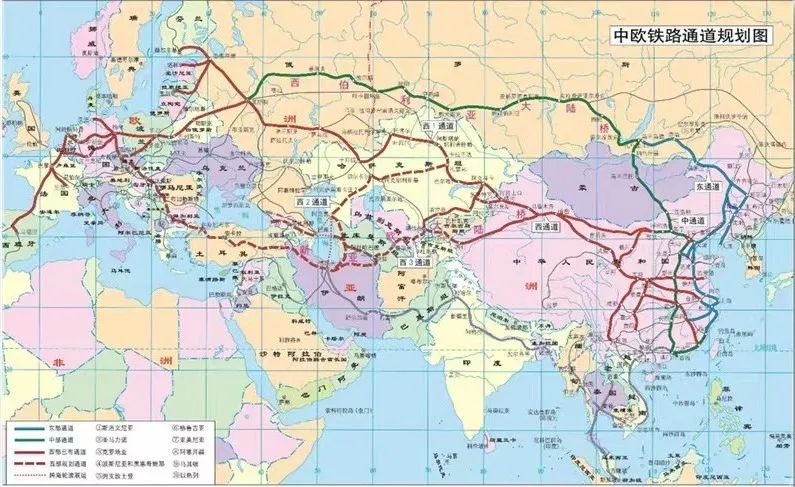
So how to solve the problems in the development of the CR express? We can think from the following three aspects: How to design the inbound and outbound consolidation centres? Second, how to design the consolidation networks, the consolidation centres range, and the consolidation capability? Third, how to optimise the transportation paths when the consolidation network is determined?
The solution is to improve the load rate of the inbound and outbound of the consolidation centres, determine the range of the centres, and optimise the transportation paths of the networks. Based on the operation data of the CR Express in 2016, our research team demonstrated that the locations of China's consolidation centres should be in Taiyuan, Xi 'a Wuhan, Zhengzhou and Suzhou. Based on the operation data of the CR express in 2018, our research team demonstrated that the locations of European the CR express centres should be in Budapest Titilburg, Duisburg, Hamburg, Warsaw, Lodz, Madrid, Munich, Nuremberg, Pardubice, Schwarzhead, and Zeebrugge.
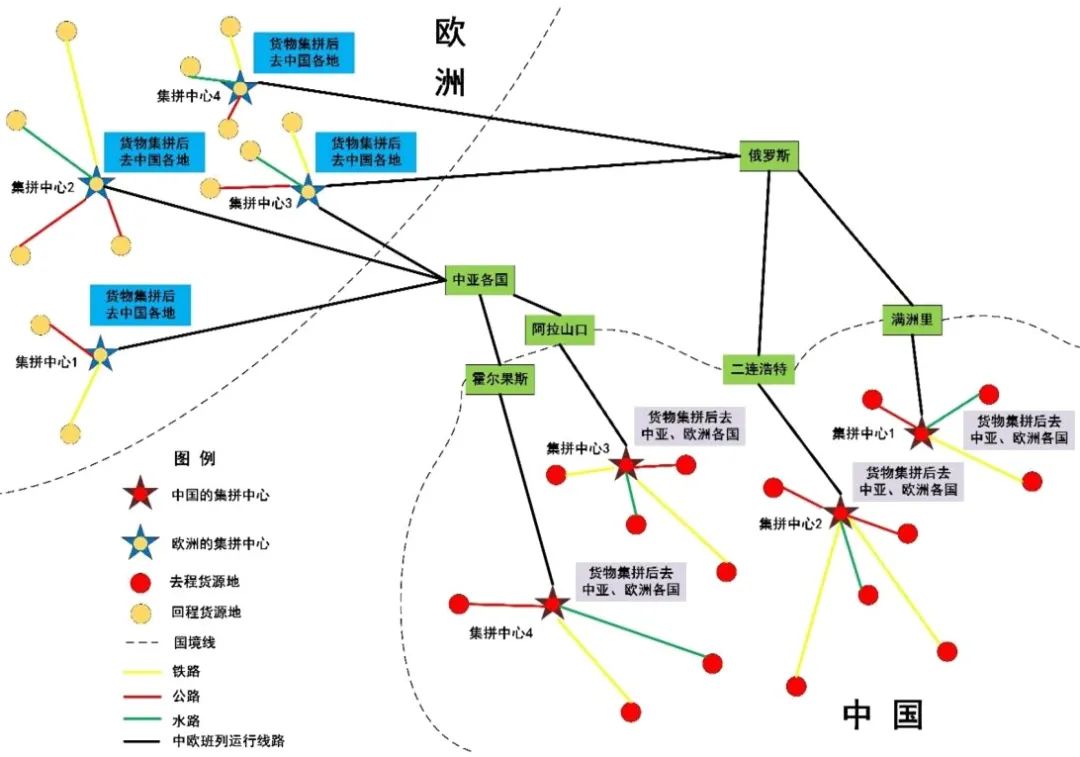
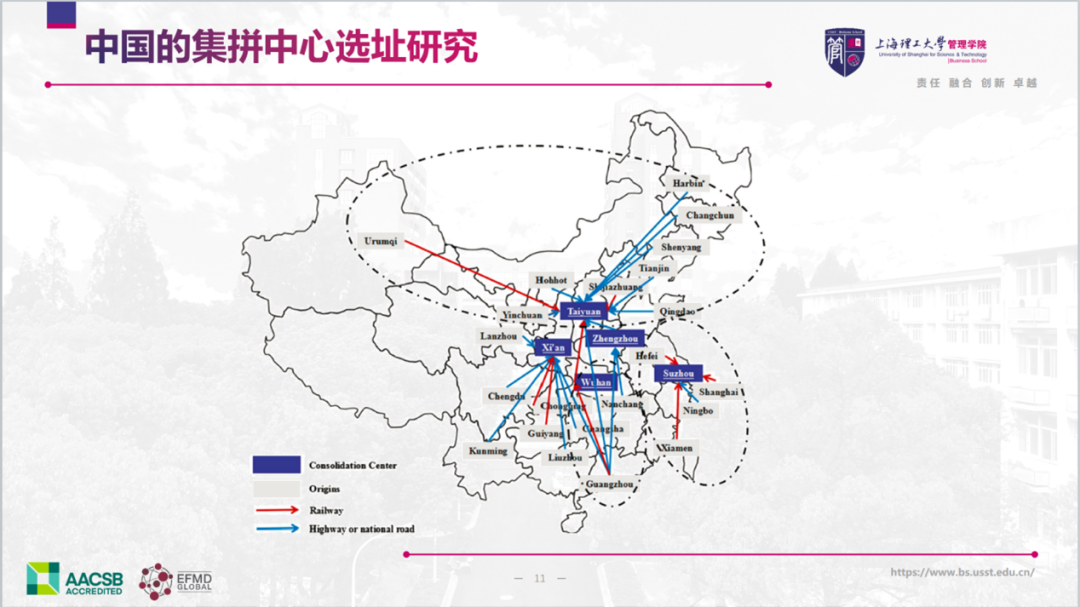
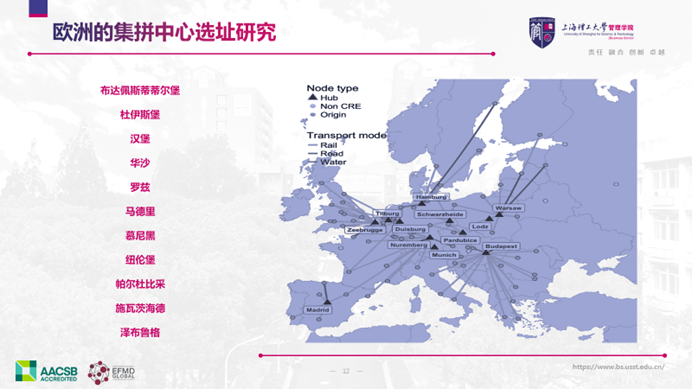
Advisory Services Shanghai Reruns the CR express
On March 30, 2018, the first CR Express was run in Shanghai but was suspended after only one trip. To promote the resumption of the CR Express in Shanghai, our research team conducted in-depth research.
The study found that it has several advantages in developing the CR Express in Shanghai. First, it is conducive to improving the network hub function of Shanghai serving the construction of "the Belt and Road"; Second, it will help Shanghai to further exert the radiation spillover effect of the CIIE; Third, it will help Shanghai lead the Yangtze River Delta to participate in global trade competition and cooperation. However, there are still some problems in the development of the CR Express in Shanghai, such as the insufficient supply of goods, insufficient policy support and insufficient development consensus. Given these problems, our research team puts forward the following countermeasures and suggestions: (1)Comprehensively opening up new land routes for Shanghai's international trade with the CR Express as the starting point; (2) Strengthening the linkage with the Free Trade Area and exploring new operating modes such as consolidation and concentrated transportation; (3)launching "Shanghai Service" brand and starting the construction of coastal assembly service centres for the CR express; (4)establishing a cooperation and coordination mechanism for the CR express and promoting the high-quality development of regional integration in the Yangtze River Delta. The policy proposal was approved by Mr Chen Yin, the executive vice mayor of Shanghai, in July 2019.
By 2020, Shanghai still had yet to restart the CR Express. Our research team continues to conduct in-depth research on whether Shanghai should accelerate the development of the CR express under the background of "dual circulation" and believes that: All regions are actively running the CR express to serve the new development pattern of "dual circulation". The resumption of the CR express in Shanghai is an important measure to implement the EU-China Comprehensive Agreement on Investment and will help strengthen Shanghai's role as a strategic link in the "dual circulation", which is of great strategic value. It is of great significance to vigorously develop the CR express, accelerate the construction of the land corridor, and promote the smooth trade of the " Belt and Road", which will play a bridgehead role in Shanghai's all-round opening up and strengthening the construction of the "the Belt and Road" in the new era. To this end, our research team analysed the strategic significance and key bottlenecks of the CR Express in Shanghai and proposed countermeasures. This advisory proposal received affirmative approval from Shanghai vice mayor Zong Ming in February 2021 and was adopted by the Shanghai Municipal People's Government.
Currently, the "CR express-Shanghai" has become an important transportation method for Shanghai's import and export goods, providing strong support for Shanghai to serve the country's " Belt and Road" construction. Since its run on September 28th, 2021, the "CR express-Shanghai" has achieved full coverage of the three major routes of the China-Europe Line, China-Russia Line and Central Asia Line, involving 10 transport routes, and can reach 29 countries in Asia and Europe, including Russia, Kazakhstan, Poland and Germany. Since the running of the trains, the categories of goods carried have expanded from more than 400 in the initial period to more than 1,300 at present.
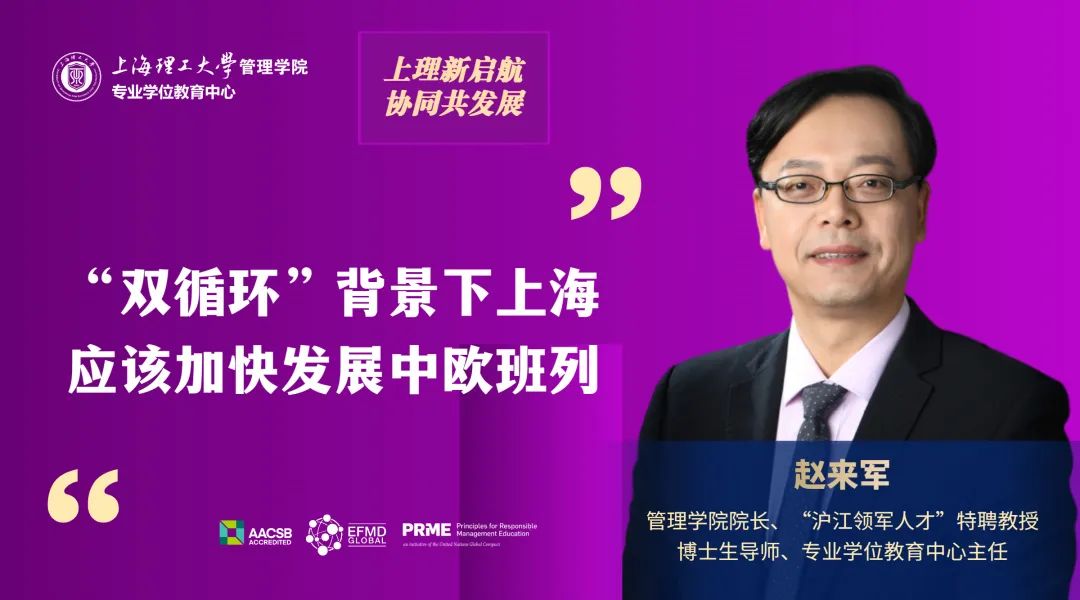
Translated by: Bai Yuting
Reviewed by: Wang Yaopeng


